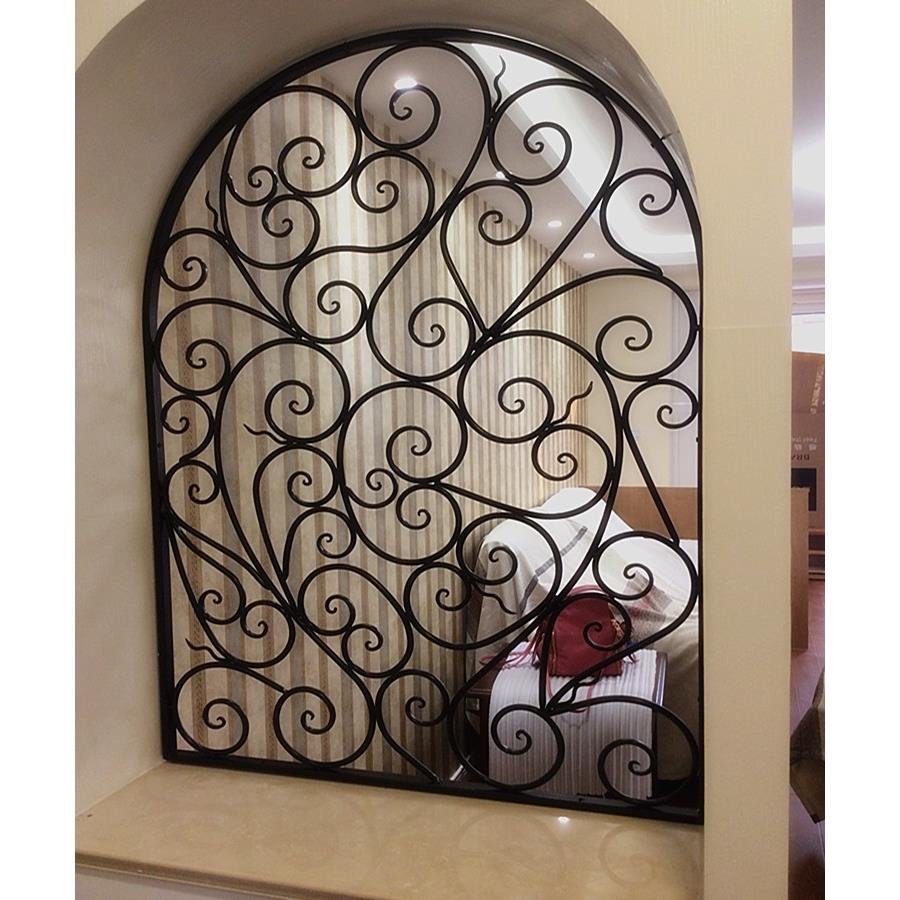
2024/09/11
In recent years, more and more domestic buildings tend to use wrought iron gates, wrought iron fences, wrought iron guardrail, wrought iron stair handrails and other wrought iron products.
When it comes to steel, we have to mention the fact that these two materials have always been used to build Bridges, towers, and facilities that connect different areas. Steel has replaced stone and is widely used in the construction of giant gates, bridge suspensions and supports, greatly promoting the communication of modern society.
Today's Bridges are usually built of rolled steel, and it is difficult to find traces of the use of wrought iron, let alone artistic. This type of structure requires leading industrial processing and production, which has led to the creation of new welding, riveting and other new technologies. Later, these emerging technologies were gradually applied to the art of wrought iron.
Iron is also used to build large markets and similar structures, using centuries-old processing techniques. These covered areas appear light and solid, making the surrounding environment different.
Decorative iron works are sometimes used in the interiors of churches, temples and palaces, such as weather vanes, crosses and compasses, which enhance the historical significance and value of the building.

These decorative elements allow iron artisans to express themselves through pictograms and make the process of making wrought iron full of fun. In fact, wrought iron making is an artistic profession in itself, and like many arts, wrought iron art ultimately has to be reflected in physical objects. Forge iron artists need to make this piece of iron to engraves their names in history.
Tracing back to its origin, forging was used in the hands of ancient blacksmiths and can be passed down to the present, proving the importance of forging and casting in industrial development.